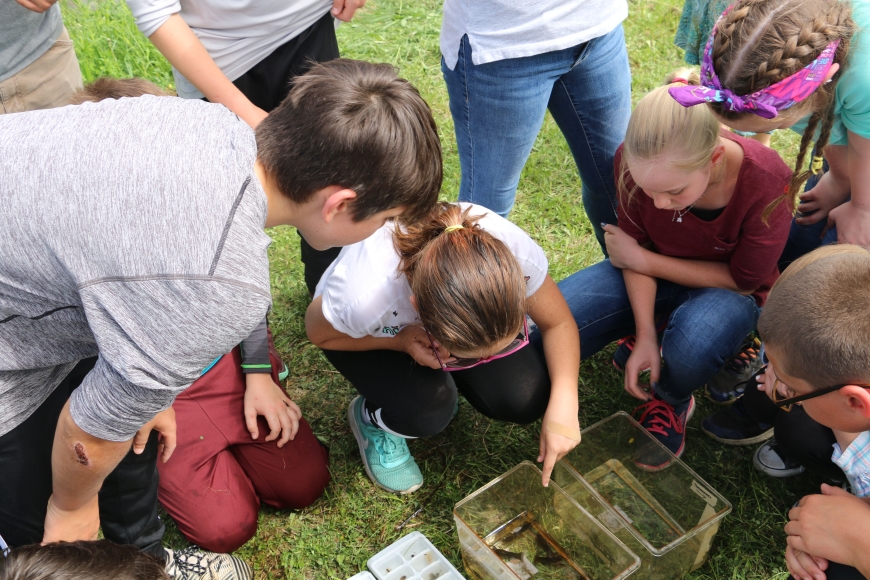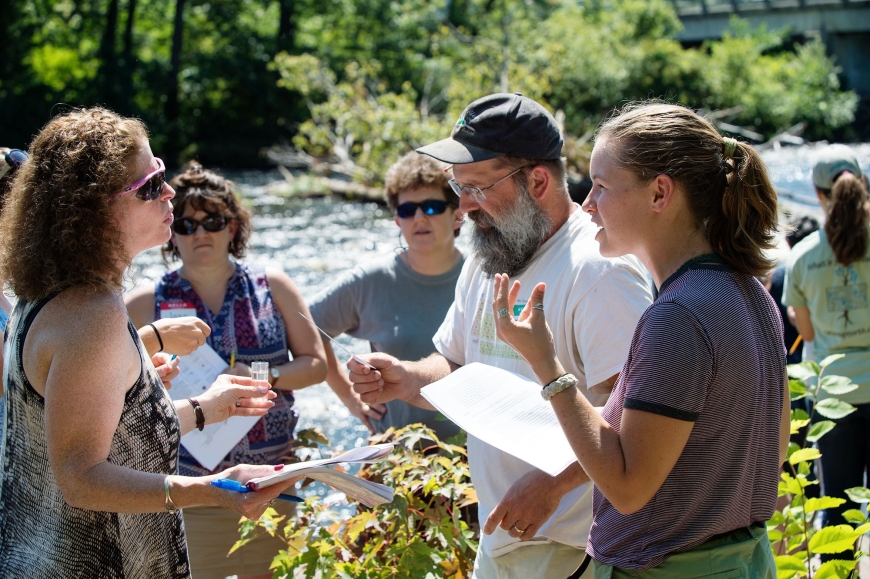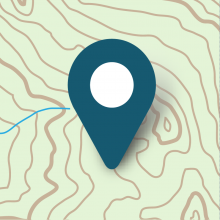



The Benefits of Place Based Learning in Environmental Education and Outdoor Education
Nestled in the corner of St. Lawrence county, St. Lawrence University students participating in the Adirondack Semester can be found waking up in their yurts to misty mornings in a forest of snow-dusted eastern hemlocks. Every Fall, a handful of college students live in Childwold, New York to better understand the ecology and land of the North Country. My sophomore year St. Lawrence, I was a student on this program and spent a whole semester canoeing to my lessons and learning first hand about the Adirondacks and North Country. Approaching learning with a hands-on approach has allowed me to better understand places and my role in nature. So what is place based learning?
Place based learning (PBL) is prevalent in most environmental education as well as outdoor education approaches. Place based pedagogy, or a place based method of teaching, creates a form of learning unique to every program that uses it. Different ecosystems function differently which is a pillar within PBL, making this method of learning so unique. Place based learning is place-specific, thus an ecology lesson offered in Nevada would be separate than one offered in the North Country. PBL is not new; before formal education most learning happened within contexts of communities and the exploration of natural spaces. Most Western teaching standardizations do not consider PBL to be a part of their academic or theoretical frameworks. The current mainstream education many of us receive is based on classroom skills and knowledge. This curriculum is not bad, however, the intersection of both knowledge, classroom skills, and environmental education creates the method of learning Nature Up North practices. For example, citizen science projects and rooting learning in discovery creates mystery and passion for younger citizens of the North Country.
Place based learning also connects learners of all ages to the world and their communities. This learning is designed to connect classroom skills to real world scenarios. Project based learning is a great tool for educators to use when it comes to a student’s connection to their place. A hands-on approach to learning is considered beneficial because it is based in curiosity and creativity as opposed to standardized learning, which is often textbook based. Here at Nature Up North, we see this exemplified in projects like ‘Monitor My Maple’ and in our various workshops. ‘Monitor My Maple’ is based on data collection. However, the discussion around seasonal and phenological changes in sugar maple trees that takes place within this project connects people to the North Country environment while encouraging them to utilize their senses to get to know the trees. Place based learning emphasizes learning more so than grades. In most environmental and outdoor education classes, the teachers who emphasize place find that experimenting with learning and curiosity is more valuable than a grade or a test score.
The most unique aspect of PBL is that it can happen anywhere. It's in the name, place-based learning. With current technologies, it has never been so easy to learn anything anywhere. However, within PBL, learning can happen without a connection to wifi. This pillar of PBL is interesting in terms of Nature up North where technology plays an integral role in what we do as an organization. The sharing of environmental information online is our bread and butter, the implementation of PBL through technology is a unique thing, and it has proven to be an important educational opportunity. The most interesting thing about PBL is that it can happen in cities, in rural areas, in your backyard, or in your backcountry. We may often connect the idea of place-based learning to the natural environment, but the scarcity of natural spaces or the complete lack of access to them can itself be a valuable tool when teaching.
In my opinion, the benefits of place-based learning are rooted in autonomy and curiosity. By giving students the option to determine when, how, and where they learn, teachers grant their students the opportunity to learn at their own pace, in a way that makes the most sense to them, and in places they feel comfortable and capable. The students tailor their own learning to their strengths, interests, and needs. Not only does this ensure mastery of course material, it also ensures a deep and nurtured passion and respect for the land.
The appreciation I have for place based learning has helped me deepen my connection with my own backyard, my community, and foster a deeper appreciation of every living and nonliving being in the North Country. PBL is not the only way to learn outdoor education and environmental education but I find that in my time spent in the North Country the connections I have fostered with people, nature, and place has only strengthened from PBL concepts.

